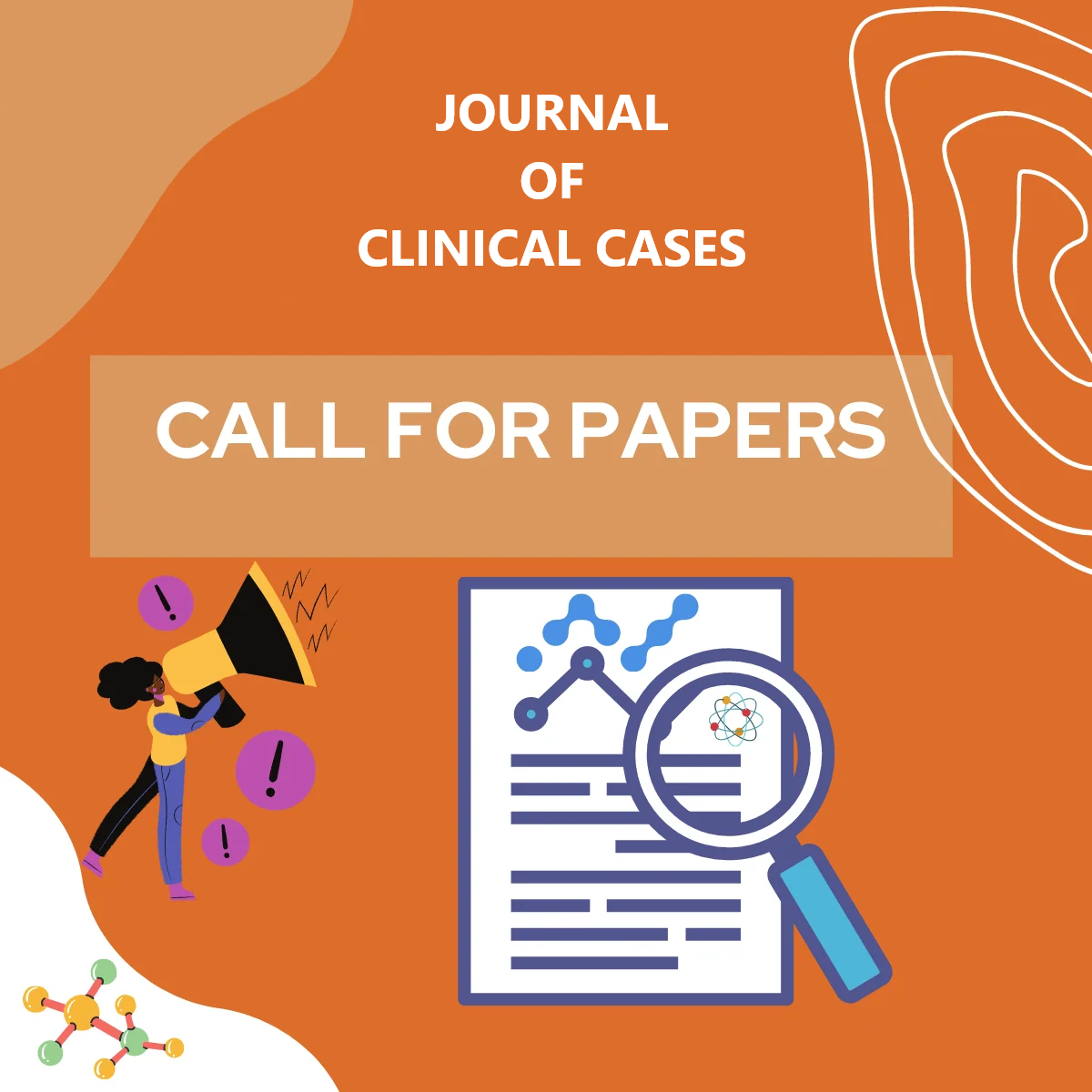Journal Citations
- Crossref
- PubMed
- Semantic Scholar
- Google Scholar
- Academia
- SCRIBD
- ISSUU
- Publons
- MENDELEY
Share This Page
Journal Page

Identification, Isolation And Genomic Characterization Of Porcine Astrovirus In Shandong Province, China, 2021- 2023
Yueyue Liu, Yu Zhang, Yuwei Zhu, Xiaozhen Guo, Shifa Yang, Bin Yin, Zengcheng Zhao, Zhongli Huang, Jiaqiang Wu, and Shuqian Lin
Department
Institute of Poultry Science, Shandong Academy of Agricultural Science,
Shandong Engineering Research Center for Animal Health Products,
Jinan, Shandong 250100, China
Shandong Key Laboratory of Disease Control and Breeding, Institute
of Animal Science and Veterinary Medicine, Shandong Academy of
Agricultural Science, Jinan, Shandong 250100, China
Shandong Provincial Collaborative Innovation Center of Cell Biology,
Shandong Normal University, Jinan, Shandong 250014, China
Corresponding Author: Jiaqiang Wu, Shuqian Lin,
Published Date: 15 January 2024; Received Date: 22 Dec 2023
Abstract
Astroviral infection has been described as one of important viruses causing diarrhea in humans and other animals. Porcine astrovirus (PAstV) is broadly distributed globally and exists at least five distinct genotypes. However, few studies have investigated in diarrheic piglets in Shandong area of China. Here, a total of 1025 samples of porcine diarrhea samples were collected from part areas of Shandong Province from January 2021 to October 2023 and tested by RT-PCR, followed by sequencing and phylogenetic analyses of the polymerase. The results showed that the total positive rate of PAstV was 34.6% (355/1025), of which the proportion of PAstV 1, PAstV 2, PAstV 4 and Past V 5 infection was 25.4% (90/355), 28.2% (100/355), 35.2% (125/355) and 22.5% (80/355), respectively, and also mixed infection existed. Meanwhile, 849 samples of healthy pigs were tested by RT-PCR, and the results showed that the total positive rate of Past V was 8.13% (69/849), of which the proportion of PAstV 1, PAstV 2 and Past V 4 infection was 27.5% (19/69), 37.7% (26/69) and 40.6% (28/69) and also mixed infection existed. Further sequencing and characterization of some the selected isolates revealed low sequence identities (56.2%) with known Past V strains, indicating novel types or genotypes of Past Vs. In addition, by optimizing the isolation conditions of porcine astrovirus, a pure PAstV-4 strain (named PAstV-4-GRF1) was obtained. Analysis revealed virus of typical astroviral morphology with 89.9 to 95.4% nucleotide identity with previously published PAstV-4 strains. Then, macrovirus transcriptome sequencing showed that 88.30% of the GRF1 samples were mammalian astroviruses, while by species classification, Past V 4 and Past V 2 accounted for 21.79% and 0.32%, respectively. Phylogenetic tree analysis showed that the c15050 fragment was the same as the GRF-1 sequencing fragment of the isolated strain, and had the highest homology with the Hunan Past V 4 sequence MK460231 in China. Altogether, this study investigated the prevalence of PAstV in Shandong Province and mainly analyzed the genetic evolution, which enriched the content of epidemiological investigation of porcine astrovirus. As the first isolated PAstV-4 strain, it provided critical material for the investigation of the biological and pathogenic properties of this virus as well as for future development of relevant biological and diagnostic reagents.

